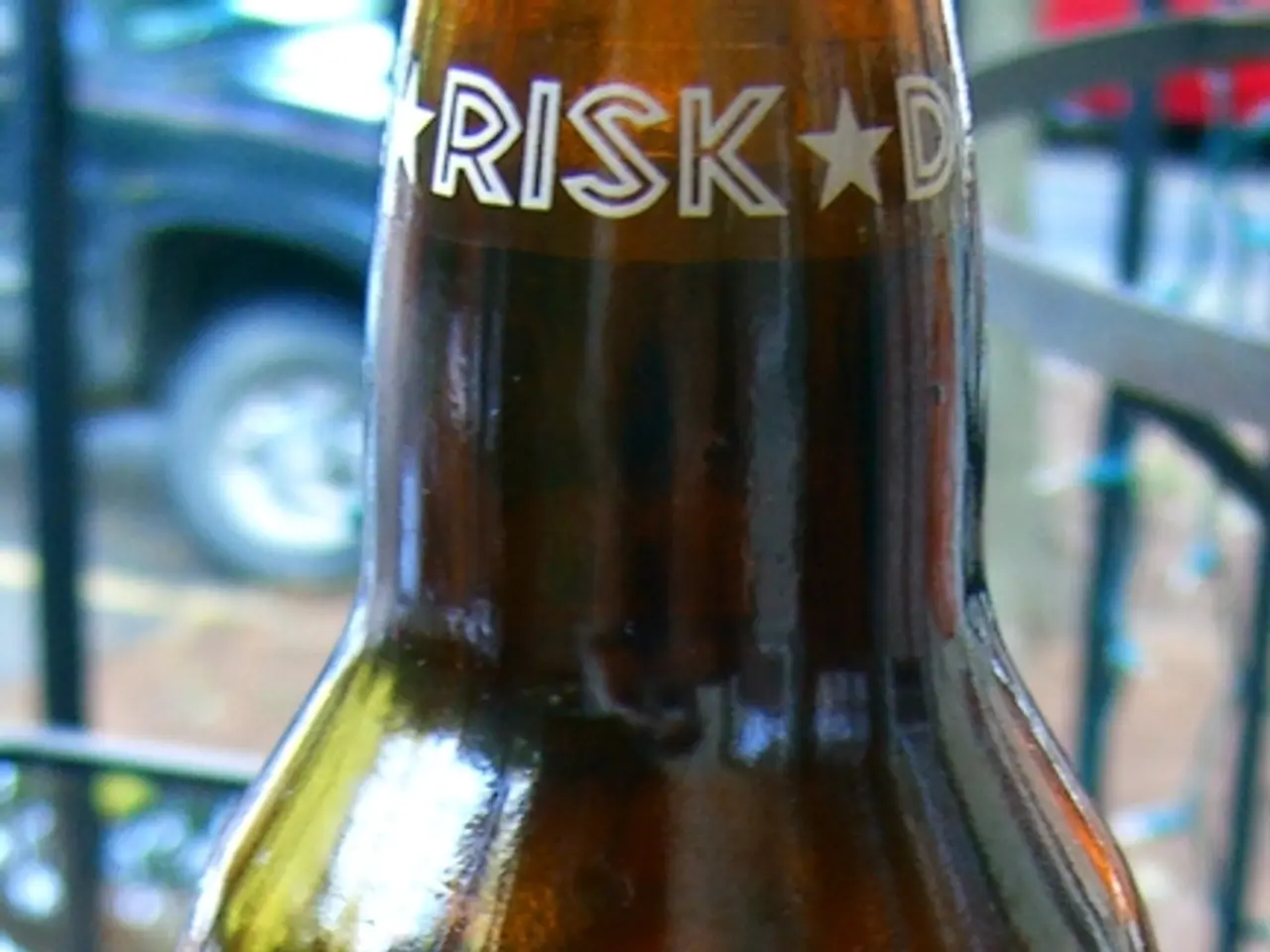Testicular Twisting: Causes, Signs, and Treatment Options
Testicular torsion is a serious medical condition that requires immediate attention. This condition occurs when the spermatic cord, which supplies blood to the testicle, twists, cutting off blood flow and potentially leading to testicular loss if not promptly treated.
Common causes and risk factors for testicular torsion include anatomical abnormalities such as bell-clapper deformity and undescended testicle (cryptorchidism), physical triggers like sudden physical activity, scrotal trauma, cold temperatures, genetic and familial factors, and certain perinatal conditions.
Bell-clapper deformity, an anatomical abnormality, leads to intravaginal torsion, which is common around puberty. Undescended testicle, where the testicle does not descend properly into the scrotum, significantly increases the risk of testicular torsion.
Physical triggers such as sudden physical activity, scrotal trauma, or cold temperatures can precipitate torsion. Family history of testicular torsion raises the likelihood, indicating a hereditary predisposition.
Testicular torsion is most common during puberty due to increased testicular growth and mobility. Newborns can also be affected, particularly in cases of extravaginal torsion (without bell-clapper deformity), with risk factors including intrauterine pressure changes during the last trimester, traumatic vaginal delivery, gestational diabetes, large gestational age, and prematurity.
Having had torsion in one testicle increases the risk for torsion in the other testicle. Other factors associated with increased risk include vigorous sexual activity and a history of cryptorchidism or an abnormally long spermatic cord.
Prompt recognition and treatment are essential to preserve testicular viability. Symptoms typically include sudden severe testicular pain, swelling, and sometimes nausea or vomiting.
Doctors can usually save the testicle if surgery can correct the torsion within a certain time frame. However, if the condition is not treated promptly, it may not be possible to save the affected testicle. In such cases, an orchiectomy, a surgical procedure to remove the affected testicle, may be necessary.
After surgery, individuals will need to avoid strenuous or sexual activity for several weeks. Those who have had testicular torsion may have a lower sperm count than those who have not, but the remaining testicle may still produce sufficient sperm to conceive a child.
Medical tests such as urine or blood tests, testicular ultrasound, nuclear scan of the testicles, or exploratory surgery may be used to confirm a diagnosis or rule out alternative health issues.
Testicular torsion can occur at any time, including while standing, sleeping, exercising, or sitting, and may not have an apparent trigger for those who are susceptible. If pain persists for several hours and the physical exam suggests testicular torsion, a doctor may perform surgery without additional testing to prevent loss of the testicle.
People with an inherited trait that allows their testicles to rotate freely in the scrotum may be more prone to testicular torsion, often referred to as a "bell clapper scrotum." The only way to prevent testicular torsion for those with the inherited trait is through surgery to attach both testicles to the inside of the scrotum so that they cannot rotate freely.
Testicular torsion is a medical emergency that requires immediate attention. If you experience sudden or severe testicle pain, seek emergency care immediately.
- Untreated obesity can increase the risk of certain medical conditions, such as testicular torsion, due to the increased pressure on the body, including the scrotum.
- A predictive model for mental health conditions, like depression, bipolar, or psoriasis, could be developed using health-and-wellness data, including symptoms and risk factors associated with testicular torsion.
- Certain therapies and treatments for HIV would require a precautionary approach for men with a history of testicular torsion, as it may increase their vulnerability.
- Men's health topics, such as testicular torsion, sexual health, and mental health, are important dimensions that should be addressed in comprehensive health-and-wellness programs and awareness campaigns.
- Recent scientific discoveries have found a correlation between testicular torsion and men's risk of developing certain mental health issues, highlighting the need for improved mental-health monitoring and healthcare for affected individuals.
- In the field of science and medicine, research is being conducted on new prep medicines for sexual health that may also have implications for the prevention of testicular torsion in susceptible populations.
- AQ, an organization focused on health and personal development, could develop programs or resources to inform men about the risk factors of testicular torsion, tips for self-examination, and available therapies and treatments for this condition.




